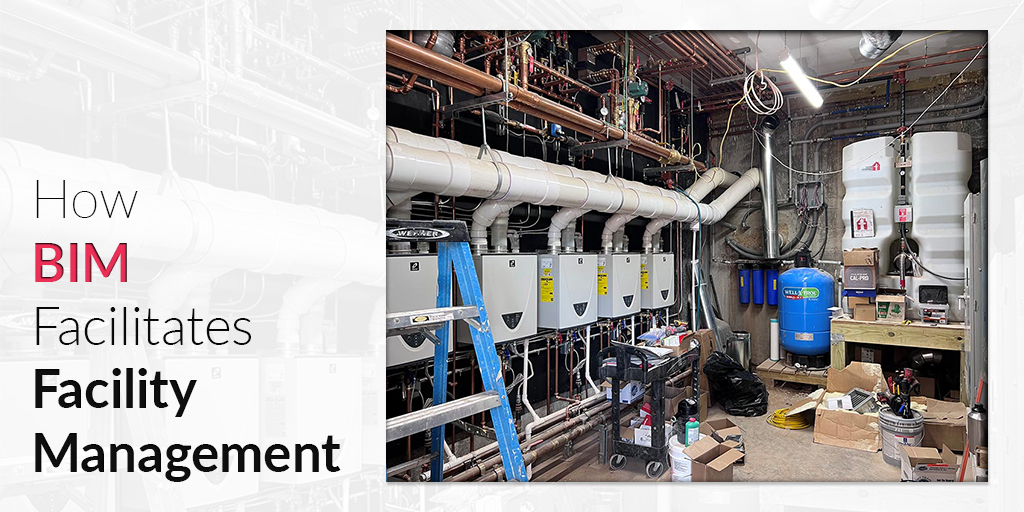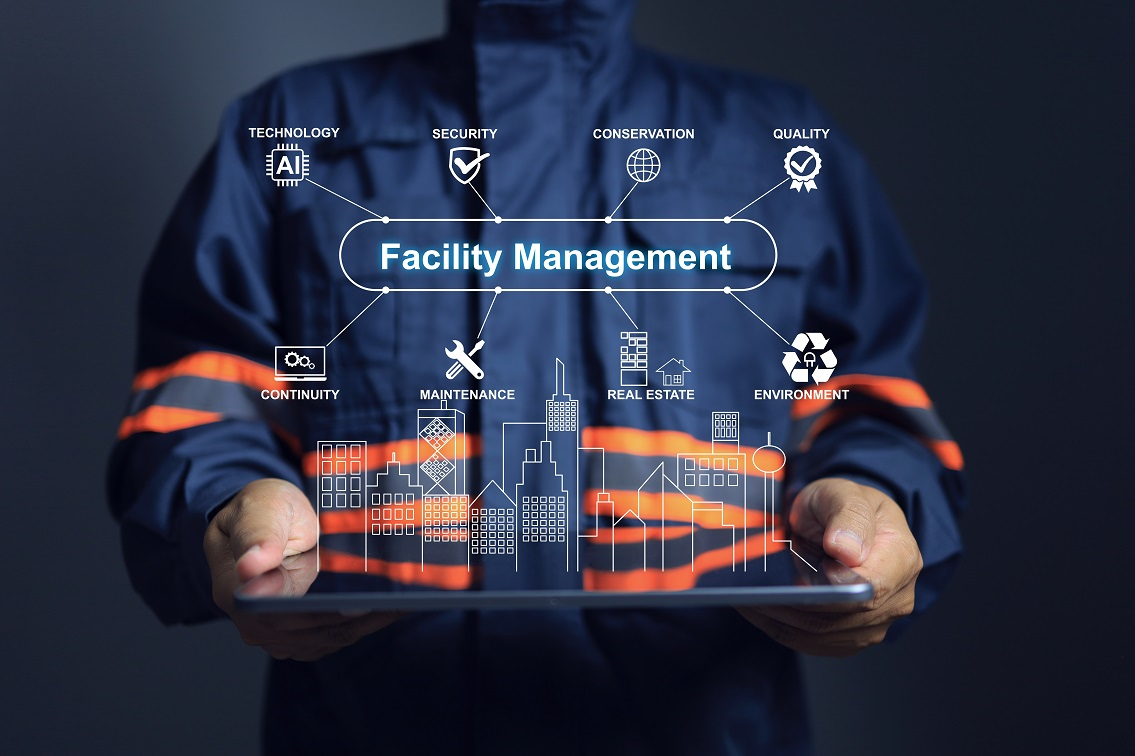Secret Trends Forming the Future of Center Management in 2024
As we look in advance to 2024, the landscape of facility administration is positioned for substantial change, driven by a number of vital fads. The assimilation of smart structure modern technologies and a shift towards data-driven decision-making assurance to improve functional efficiency while prioritizing sustainability in practice.
Smart Structure Technologies

Smart building modern technologies incorporate a vast range of systems, consisting of intelligent lights, cooling and heating controls, and safety systems. By integrating these systems, center managers can check and readjust criteria in real-time, causing considerable decreases in power waste and operational prices. As an example, smart sensing units can discover occupancy degrees and change lights and temperature level accordingly, making certain that energy is only used when required.
Additionally, these technologies assist in enhanced data collection, permitting organizations to track use patterns and recognize possibilities for more renovations. The application of clever building innovations not just adds to sustainability goals but also produces much healthier workplace that can boost worker performance and complete satisfaction.
As we move right into 2024, the adoption of clever structure modern technologies will likely accelerate, showing a more comprehensive change in the direction of more intelligent, receptive, and sustainable facility administration practices.
Data-Driven Decision Making
Significantly, companies are leveraging data-driven decision making to improve facility administration techniques. By utilizing data analytics, center managers can obtain actionable understandings that substantially improve operational effectiveness and source appropriation. The assimilation of advanced technologies, such as IoT sensors and real-time tracking systems, makes it possible for the collection of substantial quantities of information on structure efficiency, tenancy rates, and energy intake.
This wide range of information allows facility supervisors to identify trends, predict maintenance needs, and proactively address issues before they escalate. For example, predictive analytics can forecast tools failings, lowering downtime and repair costs. In addition, data visualization devices help with better communication amongst stakeholders, making certain that educated decisions are made collaboratively.
In addition, data-driven strategies boost calculated planning by enabling facility managers to analyze the efficiency of present practices and make educated options regarding financial investments in technology or infrastructure. As companies progressively focus on operational quality, data-driven decision production is poised to become a cornerstone of effective facility management strategies in 2024 and past. Eventually, the ability to utilize data efficiently will equip organizations to produce much more reliable, efficient, and durable facilities.
Sustainability and Eco-friendly Practices
The emphasis on data-driven decision making naturally straightens with the growing emphasis on sustainability and eco-friendly practices within facility monitoring. As companies increasingly focus on ecological duty, center managers are leveraging analytics to maximize source usage, reduce waste, and decrease carbon impacts. This tactical approach enables the integration of energy-efficient systems, such as LED lights, clever cooling and heating controls, and renewable resource sources into center procedures.
Furthermore, the implementation of lasting practices extends past energy intake. Facility managers are taking on environmentally friendly materials and advertising recycling campaigns to create a round economic situation within their facilities. This not only enhances the ecological account of the company but additionally fosters a society of sustainability among employees.
Conformity with ecological regulations is an additional crucial facet driving the adoption of environment-friendly techniques. By utilizing information analytics, center managers can check compliance metrics and identify areas for improvement, making certain adherence to international and regional sustainability requirements.
Crossbreed Work Versions
A significant change in the direction of crossbreed work versions is reshaping the landscape of center administration in 2024. This paradigm incorporates image source remote and in-office work, demanding a reevaluation of area application, source allocation, and worker engagement approaches. Organizations are significantly recognizing the significance of adaptable offices that accommodate varied requirements and preferences.
Facility supervisors need to adapt by executing versatile workplace styles that support joint efforts while offering areas for concentrated job. This consists of the integration of modern technology informative post to promote seamless communication and collaboration among in-office and remote employees. Smart structure options, equipped with analytics and sensing units, enable for real-time tracking of space usage, making it possible for companies to maximize their environments effectively.
Additionally, crossbreed job versions emphasize the demand for effective center administration that focuses on worker experience. This incorporates not only modern technology and room style yet likewise the development of plans that advertise a well balanced work-life dynamic. As companies browse this shift, the duty of facility management comes to be essential in producing an active workplace that promotes productivity and drives business success. In essence, the hybrid job version is reinventing facility management, motivating a proactive approach to meet the developing demands of the workforce.
Improved Resident Wellness
As companies welcome hybrid job designs, a heightened concentrate on passenger health is becoming essential to center administration approaches. Facility Management. This change acknowledges that a completely satisfied and healthy workforce straight influences efficiency and retention rates. Facility supervisors are now focusing on environments that advertise physical and mental well-being, integrating elements such as all-natural lighting, biophilic layout, and obtainable wellness resources

Innovation plays an important duty in this development. Smart building systems can monitor environmental aspects and change setups in real-time, making sure optimum convenience degrees - Facility Management. Feedback systems, such as occupancy sensing units and employee surveys, enable facility supervisors to consistently refine wellness efforts based on resident demands.

Conclusion
In 2024, the future of facility management More about the author will certainly be significantly influenced by the combination of clever building innovations and data-driven decision-making, promoting enhanced operational performance. Sustainability initiatives will prioritize eco-friendly techniques, while the introduction of hybrid job versions will necessitate adaptable office designs. An enhanced emphasis on occupant health with advanced HVAC systems and biophilic layout will add to healthier work atmospheres. These fads collectively emphasize the developing landscape of center management in feedback to contemporary obstacles and chances.
Facility managers are promoting and embracing green materials recycling initiatives to create a circular economy within their centers.A significant shift in the direction of crossbreed work designs is improving the landscape of center management in 2024.Furthermore, crossbreed job models emphasize the requirement for efficient center monitoring that prioritizes employee experience.As organizations accept hybrid job versions, an enhanced focus on resident wellness is coming to be integral to facility management methods.In 2024, the future of center monitoring will certainly be significantly influenced by the integration of wise building innovations and data-driven decision-making, promoting enhanced functional effectiveness.